Global Trends and Insights in the Coworking Industry for 2025
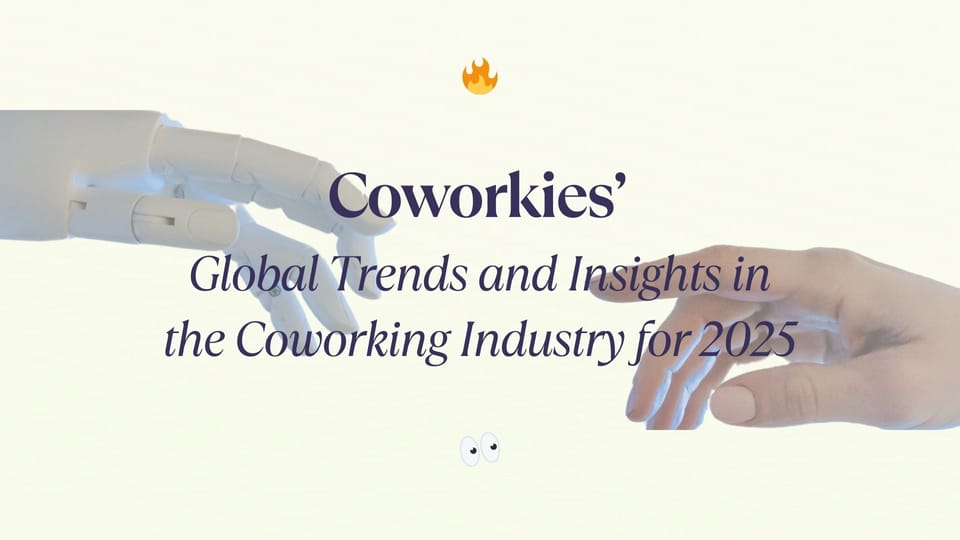
Navigating Economic Predictions and Their Impact
As we enter 2025, the world is at a pivotal juncture marked by significant economic and political shifts triggering plenty of uncertainties for businesses across the globe. The coworking industry finds itself needing to adapt yet again and more than ever before to accommodate the new world of work.
In this article, we've taken the major trend predictions for 2025 and dissected how they could affect coworking spaces worldwide. From geopolitical upheavals and technological advancements to cultural transformations and environmental concerns, we explore each macro trend reshaping the global landscape. We then delve into where coworking stands in response to these developments, offering insights into how the industry can navigate challenges and leverage opportunities in 2025.
1. Economic Impacts
👀 The Trend
Global economic pressures, including inflation, rising real estate costs, and geopolitical shifts, are creating financial challenges for businesses. Adding to these challenges are tariffs—taxes imposed on imported goods to protect domestic industries or penalize foreign competitors. In 2025, heightened trade tensions, particularly between the U.S. and China, are expected to lead to stricter tariffs, disrupting global supply chains and raising costs for companies reliant on international trade.
📍 Where Coworking Stands
Coworking spaces are well-positioned to help businesses navigate these economic challenges by offering flexible, cost-effective solutions. Here’s how:
- Affordable and Scalable Options: Tariffs and rising operational costs will drive businesses to reduce overhead. Coworking spaces provide a scalable alternative to traditional leases, allowing companies to adjust their office needs in real time without long-term commitments.
- Localized Solutions for Decoupling: As companies diversify supply chains to reduce reliance on tariff-heavy regions, coworking spaces in emerging markets like Mexico, Hungary, and Southeast Asia will gain prominence. These spaces can cater to businesses expanding into new territories to circumvent trade restrictions.
- Flexible Terms for Uncertain Times: Economic uncertainty often leads companies to hold off on permanent investments. Month-to-month coworking memberships provide flexibility, making it easier for businesses to remain agile in volatile markets.
Economic Fragmentation and Coworking’s Role
The global economy is becoming more fragmented, with regions pursuing different strategies to balance growth and stability. For coworking spaces, this presents opportunities and challenges:
- Regional Adaptation: Spaces must adapt to local economic conditions, such as offering low-cost memberships in inflation-hit areas or premium services in wealthier markets.
- Value-Added Services: To attract businesses navigating economic turbulence, coworking providers can offer bundled services such as access to legal advisors, networking opportunities, or trade consultants.
Bridging the Divide
In a world divided by tariffs and economic barriers, coworking spaces can act as bridges. They provide the infrastructure for businesses to establish operations in new regions while maintaining connections to global markets. As such, coworking spaces are not just places to work—they’re strategic assets in the evolving global economy.
🐾 Steps to take
2️⃣ Initiate conversations with current clients whose businesses would be impacted.
3️⃣ Prepare your pitch to companies that look for flexible workspace solutions and come to your door in 2025.
2. Workforce Evolution
👀 The Trend
Workplaces worldwide are undergoing rapid transformation, driven by the integration of advanced technology, the shift to hybrid and remote work, and a new workplace ethos prioritizing flexibility and autonomy. According to a global survey from ADP Research, nearly one-third of the workforce now operate cross-metropolitan—working from locations entirely different from their managers—reflecting the widespread adoption of hybrid work models.
These changes are creating more distributed and dynamic teams, requiring companies and professionals to rethink traditional workspaces and embrace flexible environments that support collaboration, innovation, and adaptability. At the same time, evolving expectations about workplace culture and technological integration are reshaping how and where people choose to work.
📍Where Coworking Stands
Coworking spaces have emerged as key players in this workspace evolution, adapting their offerings to support diverse and dynamic work needs:
- A Hub for Hybrid Teams: As hybrid work becomes the global norm, coworking spaces are stepping in to provide flexible, professional environments for individuals and distributed teams. By acting as regional collaboration hubs, these spaces allow businesses to maintain a physical presence without the need for permanent offices.
- Facilitating Cross-Metropolitan Collaboration: With more employees working from different cities than their managers, coworking spaces serve as accessible, neutral zones for team meetings, client engagements, and strategic discussions.
- Harnessing Technology for the Workforce: Advanced technology, such as virtual collaboration tools, seamless connectivity, and AI-powered workspace management, ensures that coworking spaces cater to the increasingly tech-enabled workforce.
The New Workplace Contract
As workforce expectations shift, coworking spaces are also adapting to reflect the broader ethos of flexibility and trust:
- Flexibility as a Standard: Month-to-month memberships, on-demand office solutions, and customizable packages allow coworking spaces to meet the diverse needs of freelancers, startups, and large organizations alike.
- Enabling Autonomy: Coworking spaces empower professionals to work how and where they want, providing the infrastructure for individuals to take control of their productivity without the constraints of traditional offices.
Positioning for the Future
In 2025, coworking spaces are more than just workplaces—they’re enablers of the global workforce shift. By offering flexibility, connectivity, and innovation-friendly environments, coworking spaces are playing a critical role in shaping how and where people work in a rapidly changing world.
🐾 Steps to take
2️⃣ Have a talk with the team about what new types of clients tend to book visits in recent months.
3️⃣ Do you have to change anything to your memberships/space to make them choose your offer?
3. The Rise of Automation
👀 The Trend
Automation is no longer optional. From AI tools to streamlined workflows, businesses are adopting automation to sell better, save time, reduce costs, and focus on strategic goals.
📍 Where Coworking Stands
Coworking operators are harnessing automation to enhance efficiency and member experience:
- Streamlined Operations: Automated billing, booking, and communication tools reduce administrative overhead, allowing staff to focus on creating a better experience for members.
- Smart Space Management: AI-driven systems track space utilization, helping optimize layouts and resources.
- Seamless Check-Ins: Touchless entry systems and automated membership verification simplify access to spaces and amenities.
In addition to operational efficiencies, automation plays a crucial role in the sales process:
- Lead Nurturing and Conversion: AI-enabled CRM platforms automate personalized follow-ups and marketing campaigns, keeping prospective members engaged and more likely to convert.
- Dynamic Pricing and Predictive Analytics: Automated tools analyze usage data and forecast demand, allowing coworking operators to adjust pricing in real-time, offer tailored discounts, or launch promotions that drive sales.
- Upselling and Cross-Selling Opportunities: By analyzing member behavior, coworking spaces can automate recommendations for value-added services, such as private office upgrades, dedicated desks, or event space bookings, boosting overall revenue.
By leveraging automation across operations, member services, and sales, coworking spaces are not just improving their scalability—they’re ensuring long-term revenue growth and member satisfaction. The integration of these technologies positions coworking providers as leaders in a competitive and dynamic marketplace.
READ OUR COWORKING CASE STUDY ON ARTIFICIAL INTELLIGENCE AND ITS IMPLICATION ON COWORKING SPACES BELOW
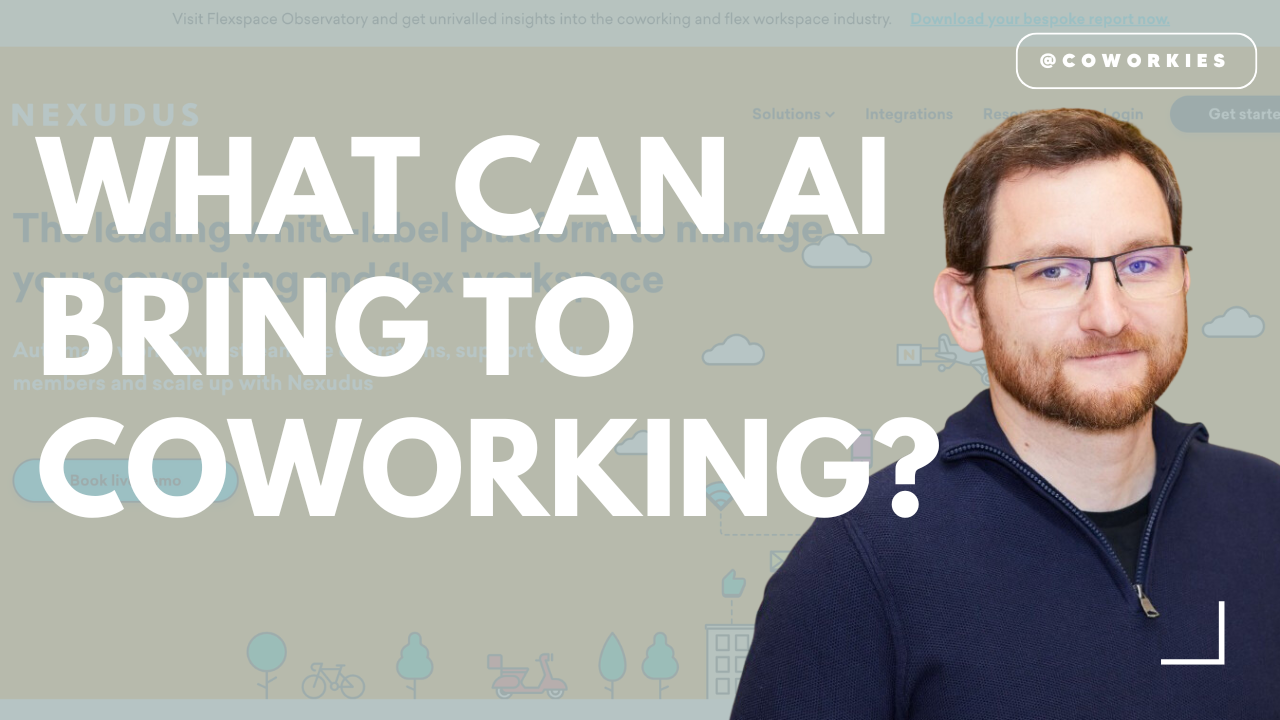
🐾 Steps to take
2️⃣ Pinpoint areas that currently are automated, can they be improved?
3️⃣ Talk with your team about what other areas can benefit from automation.
4️⃣ Do you need any special hardware/software or can it be done quickly in the short term with what you have?
5️⃣ Make calculation comparisons between non-automated vs automated tasks, do you see real cost-saving and benefits to your business?
4. Sustainability Push
👀 The Trend
Sustainability is no longer just a buzzword; it’s a necessity. With growing concerns over climate change and resource depletion, businesses and consumers alike are demanding greener, more ethical solutions. The coworking industry is no exception. According to a recent report by Climate Impact Partners, 45% of Fortune 500 companies are working toward net-zero goals by 2050, influencing their choice of office space. Additionally, the rise of certifications like B Corp status demonstrates the increasing prioritization of social and environmental impact over purely financial metrics.
📍 Where Coworking Stands
Coworking spaces are at the forefront of this shift, integrating eco-conscious practices and aligning their missions with the sustainability goals of their members. Here’s how they’re leading the way:
- Green Design: Many operators are investing in eco-friendly construction, using sustainable materials, energy-efficient lighting, and renewable energy sources like solar panels. These initiatives reduce the carbon footprint of coworking spaces while creating healthier environments for members.
- Certifications as Credibility: Coworking spaces are pursuing certifications such as LEED (Leadership in Energy and Environmental Design) and B Corp status to signal their commitment to environmental and social responsibility. Achieving B Corp status, in particular, demonstrates that a coworking space meets high standards of verified social and environmental performance, public transparency, and legal accountability. This positions them as leaders in the movement toward purpose-driven businesses.
- Circular Economy Practices: Some coworking spaces are adopting innovative waste-reduction strategies, including furniture recycling programs, composting stations, and reusable office supplies. By minimizing waste, they appeal to eco-conscious members and contribute to a sustainable economy.
- Paperless Operations: A growing number of coworking spaces are embracing digital-first operations, eliminating paper waste through automated booking systems, e-receipts, and virtual documentation processes. This also aligns with the preferences of younger, tech-savvy professionals.
- Sustainable Commuting Solutions: To address transportation-related emissions, many coworking spaces provide amenities like bike racks, electric vehicle charging stations, and partnerships with ride-sharing services. Some spaces are even strategically located near public transit hubs to reduce members’ reliance on cars.
Aligning with Values
Sustainability is particularly important for attracting younger generations, such as Millennials and Gen Z, who are deeply invested in climate action and ethical business practices. By committing to sustainability, coworking spaces position themselves as ideal partners for individuals and organizations striving to align their workspace choices with their values.
The Future of Sustainable Coworking
As more companies adopt ESG (Environmental, Social, and Governance) goals, coworking spaces that prioritize sustainability will have a competitive edge. They can further differentiate themselves by:
- Collaborating with eco-conscious startups and mission-driven organizations.
- Offering workshops and events focused on environmental education and activism.
- Using their platforms to advocate for broader climate policies and solutions.
In 2025, sustainability is more than an operational feature—it’s a core value that defines the coworking industry’s role in building a greener, more equitable future. By championing environmental responsibility and aligning with global movements like the B Corp initiative, coworking spaces are proving they can be both innovative and impactful.
READ OUR COWORKING CASE STUDY SERIES ON SUSTAINABILITY IN COWORKING SPACES BELOW
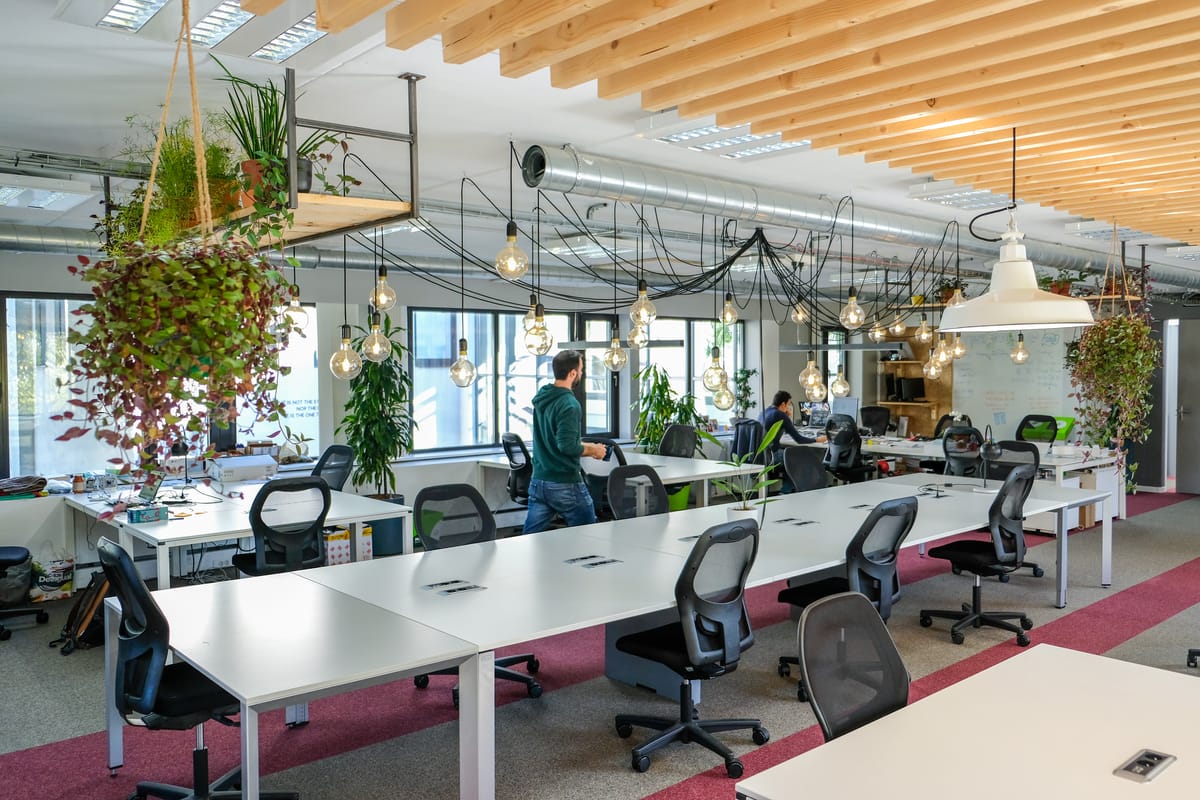
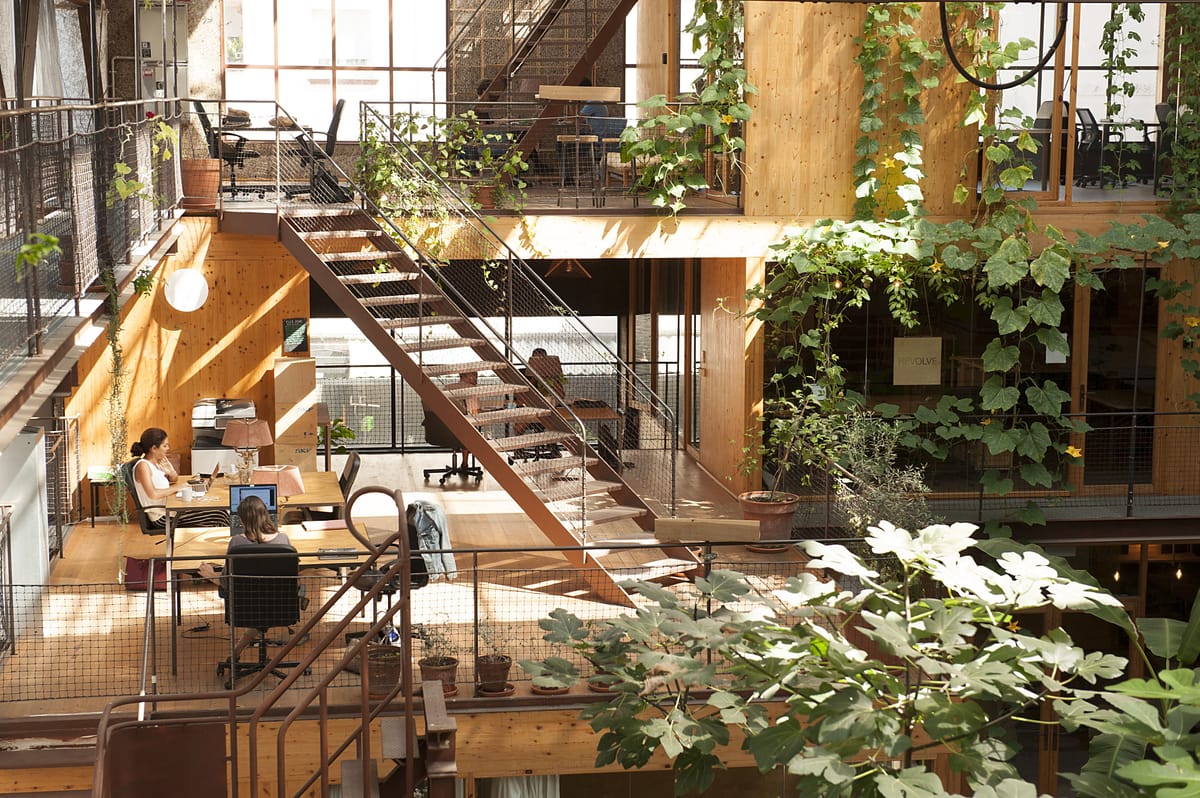
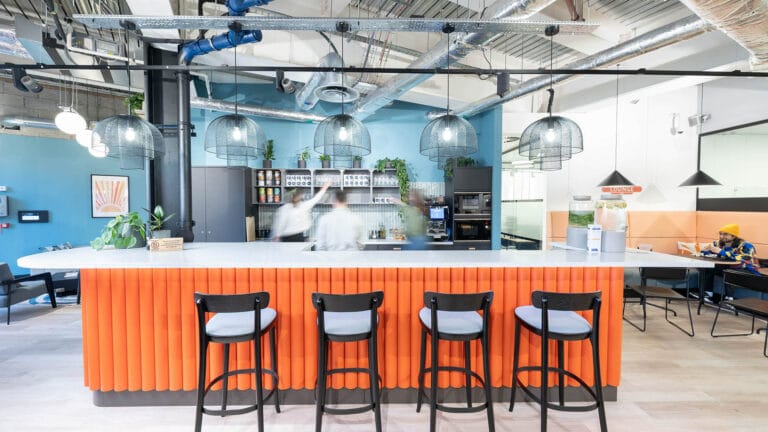
🐾 Steps to take
2️⃣ Connect to fellow operators and talk about what sustainable practices are out there.
3️⃣ Go to your local government and research what support they have for businesses transitioning to sustainable practices.
5. Cultural Shifts
👀 The Trend
Workplace culture has undergone a significant transformation. Employees now expect their workplaces to prioritize wellness, diversity, and inclusion. These expectations have risen alongside increasing global social fragmentation, where political instability, economic inequality, and cultural divides are becoming more pronounced. This trend is particularly pressing in regions facing heightened unrest, as workers seek stability and inclusion in their environments.
In 2024, burnout remained a leading concern, with 77% of large employers reporting an increase in mental health issues like anxiety and depression (according to Business Group on Health’s). Simultaneously, younger generations, particularly Millennials and Gen Z, demand meaningful and inclusive work environments where they can thrive personally and professionally.
📍 Where Coworking Stands
Coworking spaces have become havens for addressing these cultural shifts, offering environments designed to meet the evolving needs of their diverse member base:
- Wellness Features: Many coworking spaces now prioritize mental and physical health, incorporating yoga studios, meditation rooms, and on-site gyms. These features not only promote well-being but also position coworking spaces as holistic work environments.
- Inclusive Design: Accessibility is a priority, with features like gender-neutral restrooms, multi-faith prayer rooms, and spaces designed for individuals with disabilities. These thoughtful designs reflect a commitment to inclusivity and cater to a wide range of member needs.
- Community Building Amid Fragmentation: Coworking spaces excel at creating safe, inclusive zones for collaboration. In politically or socially unstable regions, they provide neutral ground where people from diverse backgrounds can connect and work together.
Addressing Broader Social Fragmentation
As the world faces rising polarization and unrest, coworking spaces can offer solutions to some of these challenges:
- Neutral Collaboration Hubs: By fostering inclusive communities, coworking spaces serve as bridges across cultural and political divides, enabling businesses and individuals to collaborate despite external tensions.
- Programs for Social Impact: Spaces focused on social entrepreneurship or humanitarian efforts can play a role in crisis management and recovery, becoming rallying points for organizations working on regional challenges.
- Stable Environments in Unstable Times: In regions with political instability or economic volatility, coworking spaces provide an anchor of stability for professionals seeking a reliable, supportive environment to work and network.
A Culture of Care
Coworking spaces have become more than just physical locations; they’re nurturing ecosystems where well-being, diversity, and inclusivity are celebrated. By addressing the needs of an increasingly fragmented world, coworking spaces are positioning themselves as leaders in creating vibrant, resilient communities for the future of work.
READ OUR COWORKING CASE STUDY SERIES ON WELLNESS IN COWORKING SPACES BELOW



🐾 Steps to take
2️⃣ Do you have relevant questions in your annual survey? Go over the answers and make a plan to answer the team and members' needs
6. The Power of Personalization
👀 The Trend
Generic solutions no longer satisfy today’s consumers and professionals. Research from tech firm Twilio shows that 89% of leaders believe personalization is crucial to their business’ success in the next three years. In the coworking world, members demand tailored experiences that reflect their unique needs and preferences. This trend becomes even more critical in a fragmented global economy where localized services can be a competitive differentiator.
📍Where Coworking Stands
Coworking providers are leveraging personalization to stand out and create meaningful member experiences:
- The Importance of a Great Team: Behind every successful coworking space is a dedicated team that brings personalization to life. The ability to hire the right talent—community managers, operations specialists, and hospitality experts—can make or break the member experience. Coworking spaces thrive when they have staff who not only understand operational efficiency but also excel at creating a welcoming, vibrant community.
In 2025, coworking spaces have to surround themselves with the right HR tools to not only attract but also retain and train their talents. This is where we help with Coworkies, a coworking-specific job board and educational platform. By connecting coworking operators with professionals who have the right mix of skills and passion for community and collaborative work environments, we help spaces build teams that can deliver exceptional, tailored experiences. The platform also helps coworking team members find the educational resources they need to upskill themselves (in-person and online retreats, courses, etc.).
- AI-Driven Recommendations: Many spaces are adopting AI tools to recommend optimal desk placements, relevant community events, or tailored services based on user behavior.
- Localized Personalization: Coworking spaces are tailoring their offerings to meet the unique needs of their communities. From understanding cultural nuances and language preferences to adapting to regional infrastructure and lifestyle demands, they create environments that resonate with local users while maintaining global standards.
- Customizable Memberships: Offering flexible packages that cater to different user types—freelancers, corporate teams, or startups—ensures members only pay for what they need, boosting satisfaction and retention.
Connecting Personalization to Global Fragmentation
The rise of regional economic shifts increases the need for coworking spaces to adopt hyper-localized strategies. Here’s how they’re responding:
- Custom Services for Global Teams: For multinational businesses, coworking spaces are developing bespoke solutions, such as multilingual support, timezone-flexible amenities, and hybrid collaboration setups.
- Cultural Tailoring: Spaces in diverse regions adapt their interiors, services, and events to reflect local traditions and values, making them feel welcoming and authentic.
The Future of Personalized Workspaces
By combining personalization with a deep understanding of local and global dynamics, coworking spaces are setting themselves apart. They’re not just offering places to work—they’re crafting experiences that resonate deeply with their members’ unique identities and challenges.
READ OUR COWORKING CASE STUDY SERIES ON EXPERIENCE IN COWORKING SPACES BELOW
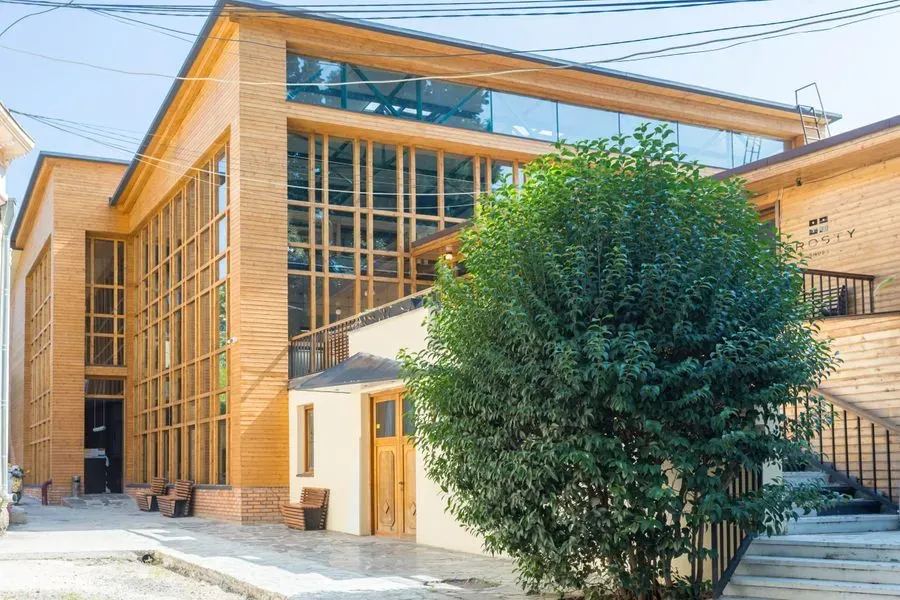

🐾 Steps to take
Maybe not at the start of the year, but make sure to plan in the 2nd quarter of 2025 to analyze how members use your space and what can be improved. Make members part of the process, be active in seeking ways to improve their work and personal life. Focus on your team by continuous education, promotion and hitting the right talent.
7. Community Building in a Fragmented World
👀 The Trend
As remote work becomes the norm, workers often feel disconnected from colleagues and broader professional networks. Simultaneously, global instability is heightening the fragmentation of societies, making people crave spaces where they can find connection and stability. Coworking spaces are uniquely positioned to address these needs, offering both physical and virtual hubs for collaboration and community building.
📍 Where Coworking Stands
Coworking spaces have always been at the heart of fostering collaboration, but their role in community building is evolving to address new challenges:
- Digital Extensions: Virtual platforms and apps allow members to stay connected and access community resources, even when working remotely.
- Industry-Specific Communities: Niche coworking spaces, such as those catering to tech startups, creative professionals, or social impact organizations, foster tighter networks and more meaningful connections.
- Networking Opportunities: Regular meetups, industry panels, and skill-sharing events bring members together and encourage collaboration across disciplines.
Tackling Global Fragmentation
The coworking industry’s ability to create inclusive, resilient communities makes it a powerful antidote to global fragmentation:
- Bridging Local and Global Networks: Coworking spaces are uniquely positioned to connect local professionals with global opportunities, acting as bridges between fragmented regions.
- Spaces for Crisis Response: In regions facing natural disasters, economic downturns, or political unrest, coworking spaces can act as resource centers for humanitarian efforts, providing stability and infrastructure for those working to address crises.
- Neutral Spaces for Collaboration: Coworking hubs often operate as apolitical zones, enabling professionals from diverse backgrounds to collaborate despite external tensions.
A Sanctuary for Connection
In a world that’s increasingly divided, coworking spaces offer more than desks and Wi-Fi—they provide a sense of belonging. By fostering meaningful connections, they empower individuals and businesses to thrive, even in uncertain times.
READ OUR COWORKING CASE STUDY SERIES ON COMMUNITY IN COWORKING SPACES BELOW
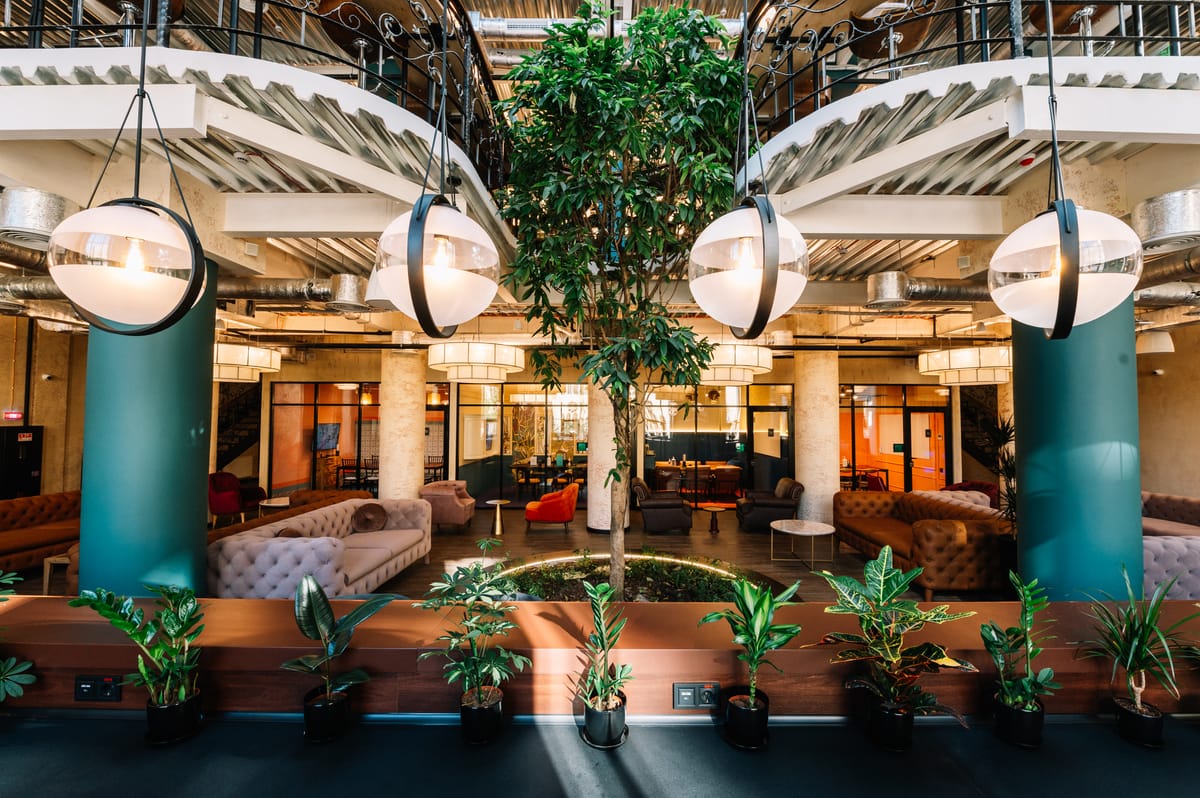
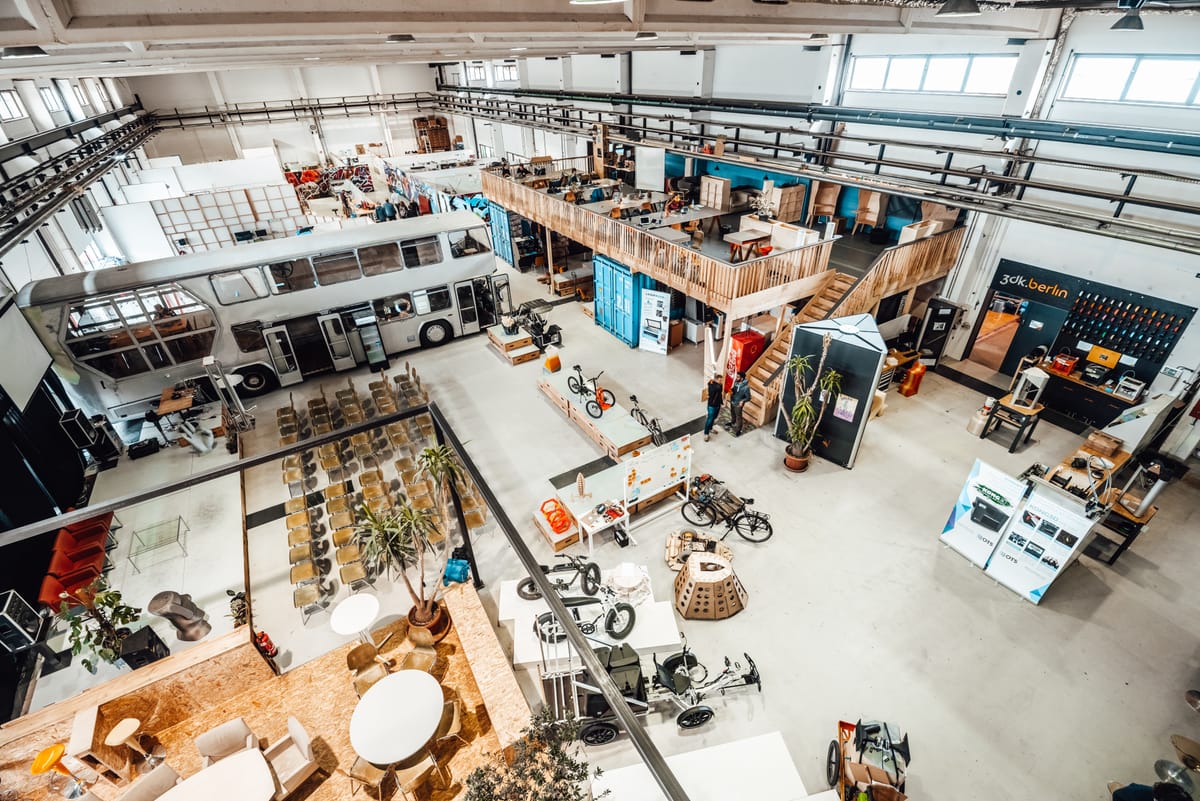

Steps to take
2️⃣ Talk to staff and members, and take action to help.
3️⃣ Talk to your local government on their plans for the year, and see where your space or its community can help.
4️⃣ Bring people together for group actions and initiatives. This can give a purpose to everyone.
8. The Commercial Real Estate (CRE) Influence
👀 The Trend
The commercial real estate (CRE) sector is undergoing a transformative period shaped by shifting economic conditions, evolving tenant demands, and technological advancements. The lingering impacts of high interest rates, inflation, and changes in tenant occupancy patterns have forced CRE leaders to reassess their strategies. This shift has implications for coworking spaces, as they are integral to the broader real estate ecosystem.
📍Where Coworking Stands
Coworking spaces have emerged as both a response to the challenges and a beneficiary of CRE's evolving landscape. They are leveraging the changing dynamics in commercial real estate to expand their influence and appeal:
- Filling Vacancies in a Changing Market: With office vacancies remaining high in many regions, coworking operators are repurposing underutilized commercial spaces into vibrant, revenue-generating hubs. This model provides a lifeline to CRE stakeholders while addressing the needs of a distributed workforce.
- A Flexible Solution for CRE Investors: Coworking spaces are increasingly attractive to CRE investors looking to adapt to tenant demands for flexibility. Many landlords are integrating coworking models into their portfolios, offering shared spaces alongside traditional leases to diversify income streams.
The Risks of Landlords Entering the Coworking Space
While the coworking industry benefits from collaboration with CRE stakeholders, the growing trend of landlords launching their own coworking and flex brands presents new competitive pressures. For example, companies like Landsec in the UK have introduced their own coworking solutions, leveraging their extensive property portfolios and operational resources.
- Reduced Space Availability: As more landlords reserve their buildings for their own coworking brands, independent operators may face challenges finding prime locations or negotiating favorable lease terms.
- Advantages in Scale and Cost Control: Landlords can use their scale, access to prime properties, and control over lease terms to create coworking spaces with lower overheads. This competitive advantage could lead to pricing pressures for independent coworking operators.
- Direct Competition: Landlords offering in-house coworking brands compete directly with established operators, potentially squeezing out third-party providers in favor of their offerings.
The Path Forward
Coworking operators must adapt to this landscape by finding ways to differentiate themselves and create lasting value for tenants and landlords alike. Strategies to mitigate these risks include:
- Emphasizing Community and Experience: Independent coworking brands often excel in fostering vibrant communities and unique member experiences. Doubling down on these aspects can provide a competitive edge against larger, landlord-backed competitors.
- Strategic Partnerships: Collaborating with landlords through revenue-sharing agreements or management contracts can align incentives while allowing coworking operators to maintain their brand identity.
- Specialization and Niche Offerings: By targeting specific industries or creating highly tailored coworking environments, operators can carve out niches that landlord-owned brands may struggle to replicate.
Reimagining Real Estate Together
The coworking industry and the CRE sector are natural allies in navigating the complexities of a changing real estate landscape, but this alliance is not without its challenges. By proactively addressing the risks posed by landlord-owned coworking brands, independent operators can position themselves as indispensable partners in creating innovative, adaptive solutions that benefit tenants, landlords, and the broader real estate ecosystem.
🐾 Steps to take
A Fearless Future for Coworking
As we navigate the intricacies 2025 may bring, the coworking industry emerges as a symbol of resilience and a forward-thinking sector. By adapting to change and aligning with global priorities—whether through sustainable practices, seamless technological integration, or fostering inclusive and vibrant communities—coworking spaces continue to rewrite the rules of how we work, connect, and thrive in a world defined by its contradictions.
2025 marks a pivotal milestone: two decades since the inception of coworking. What began as a niche experiment in shared workspaces has evolved into a global force that redefines productivity and collaboration. This anniversary is more than just a celebration of growth; it’s a call to action, reaffirming the industry’s purpose: empowering individuals and businesses through adaptability, connection, and community.
The path ahead is not without its obstacles, but it seems to offer untapped opportunities. Armed with vision and innovation, coworking providers are poised to set new standards—helping businesses innovate, cultivating dynamic communities, and enabling individuals to flourish. Looking forward, one thing is undeniable: coworking spaces transcend function, serving as agents of transformation and platforms for collective progress.
The question isn’t whether coworking can meet the demands of the future; the question is, how fearless can we be in reshaping what’s possible?
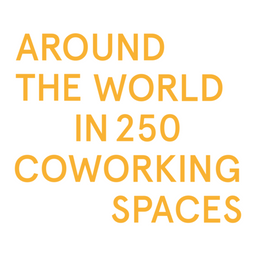

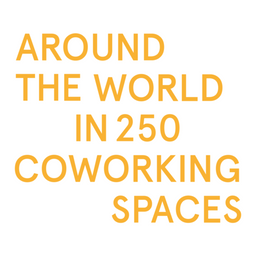
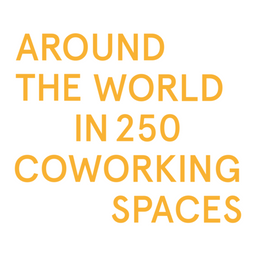
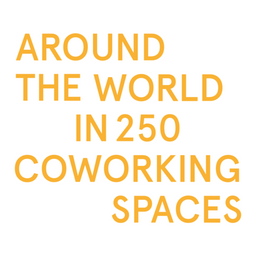
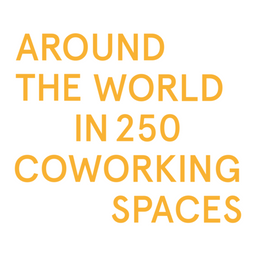
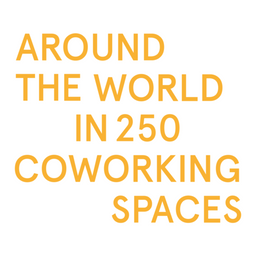
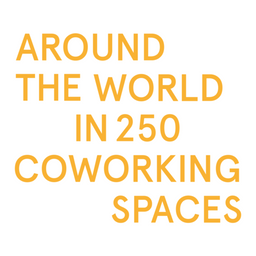
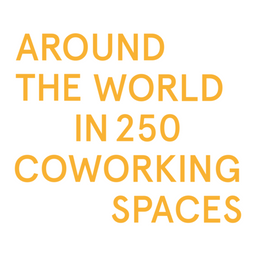
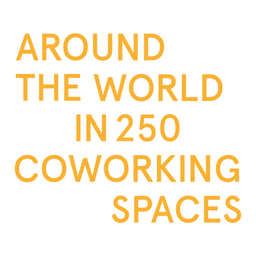
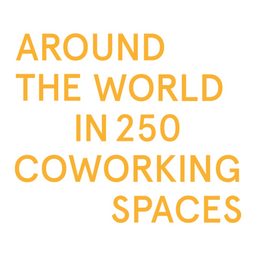
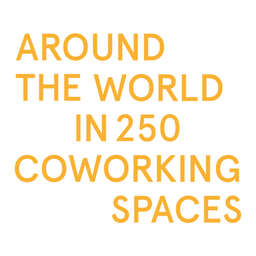
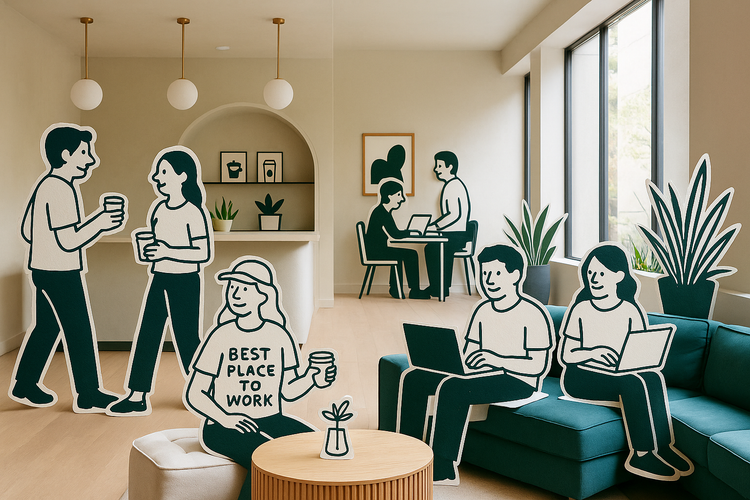
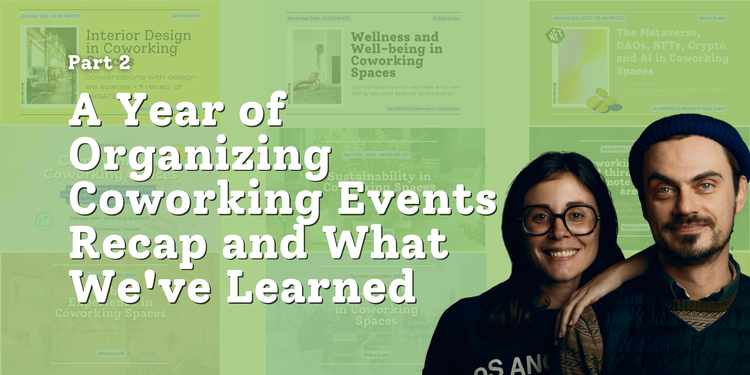

Member discussion